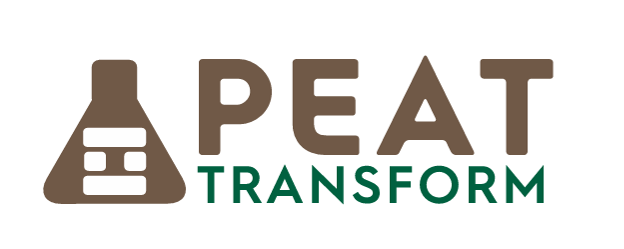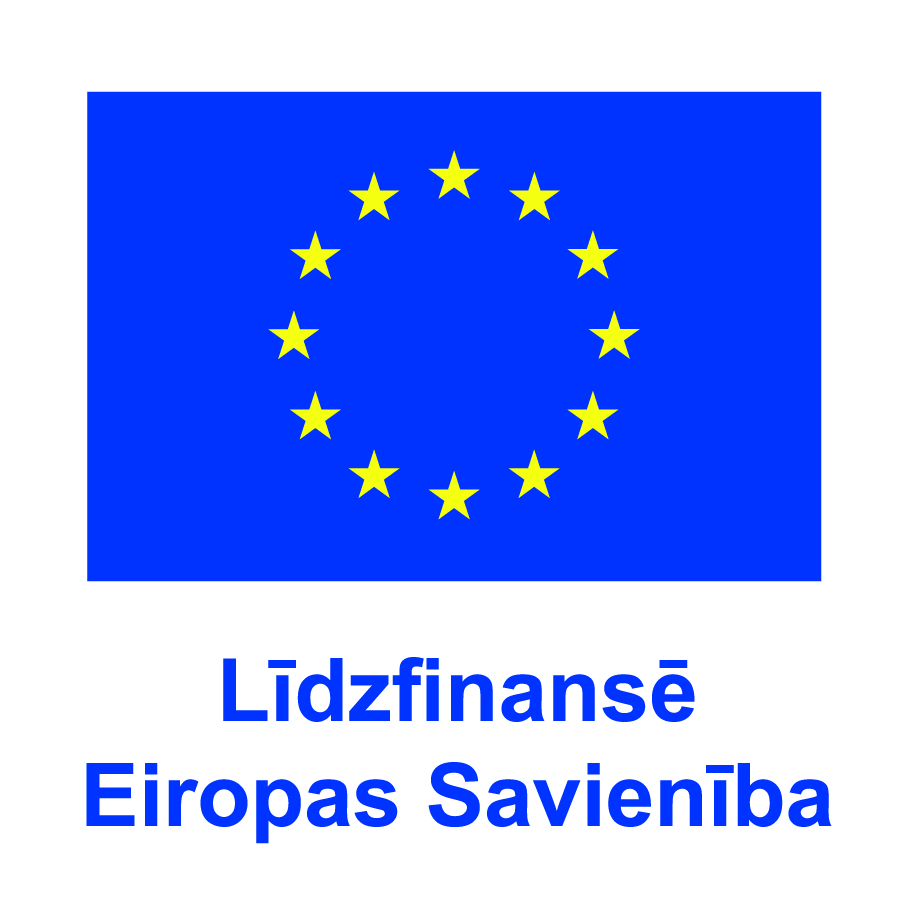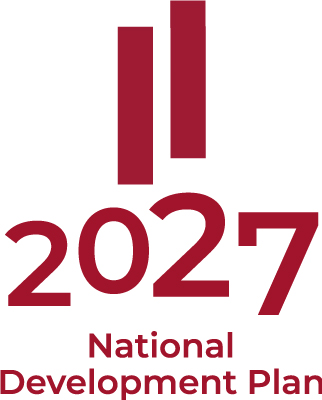European Union Cohesion Policy Programme 2021–2027, Specific Objective 6.1.1 "Mitigating the economic, social and environmental impacts of the transition to climate neutrality in the most affected regions", Measure 6.1.1.2 "Development of research for the sustainable use of natural resources in the context of environmental and climate objectives" agreement No. 6.1.1.2/1/25/A/001



Project partners: Latvian State Forest Research Institute "Silava" (leading partner), University of Latvia, Riga Technical University, Latvia University of Life Sciences and Technologies, Institute for Environmental Solutions, Institute of Horticulture, and Institute of Agricultural Resources and Economics.
Total budget: EUR 5,588,265, incl. European Union's Just Transition Fund EUR 4,750,025 and Latvian State EUR 838,240.
Project coordinators: project coordinator Andis Lazdiņš, scientific coordinator Didzis Elferts.
The main objective of PeatTransform is the establishment of a research platform and a centre of excellence to strengthen research capacity and expertise, promote knowledge and technology transfer to the Latvian peat sector and related industries, as well as to foster international cooperation in research on the sustainable use of natural resources.
PeatTransform information centre: www.kudrajupetijumi.lv
PeatTransform is focused on developing realistic, scientifically grounded solutions to guide the peat sector toward climate neutrality, taking into account biodiversity conservation goals as well as socioeconomic factors — especially in regions where the peat industry plays a significant role: Kurzeme, Latgale, Vidzeme and Zemgale.
Main activities
The Project aims to develop scientifically validated, innovative solutions for Latvia's peat sector's transition to a carbon-neutral economy. The main activities correspond to the six thematic research areas defined by Cabinet Regulation No. 746:
- GHG Emission and Carbon Stock Accounting: Development of improved greenhouse gas (GHG) emission calculation methods (Tier 2/3), including national emission factor elaboration and recommendations for data acquisition strategies, compliant with EU Regulations (EU) 2020/1044 and (EU) 2023/839. This includes developing a methodology for separating anthropogenic effects from baseline emissions in pristine and restored wetlands.
- New Technologies and Products: Research and development of peat substitute and carbon storing products (e.g., bio-based substrate products using local biomass, insulation materials and soil amendments from pelletised or torrefied peat residues). This includes molecular-level chemical fractionation of peat to extract high-value chemicals for various industries.
- Wetlands Restoration and Post-Extraction Planning: Developing and testing innovative restoration solutions for degraded bogs (e.g., controlled water management, dual drainage), including demonstration projects with long-term hydrological and biodiversity monitoring.
- Socio-Economic Assessment: Modelling the socio-economic and environmental trade-offs of sectoral strategies, including employment impacts, abatement costs, and GHG emission projections until 2030 and 2050. This includes drafting just transition recommendations.
- Policy Tools and Scenarios: Designing evidence-based land-use pathways and developing scenarios (e.g., Business as Usual, Biodiversity-Targeted Management, Climate-Optimized Peatland Management), producing a GIS-based decision support tool for planners.
- Knowledge Transfer and Dissemination (Activity 5, 6, 7): Establishing a national virtual research platform and Centre of Excellence, organising thematic seminars and an international closing conference, and coordinating co-creation cycles with industry representatives leading to a finalised and signed Memorandum on climate and energy policy implementation.
- Capacity Building: Strengthening research capacity by acquiring scientific hardware, equipment, ICT solutions, and intangible assets, supporting specialisation in existing doctoral study programs, and managing the acquisition, approval, and defence of technology rights (intangible assets), including patent filing.
Expected results
The expected results aim to generate scientific knowledge and implement policy-relevant tools to enhance Latvia’s compliance with EU climate mandates and support regional resilience.
Quantitative indicators
- At least 50 scientific articles published in internationally recognised databases (Web of Science, SCOPUS, ERIH), of which at least 5 will be in the Q1 quartile.
- Direct cooperation established with at least 5 peat sector enterprises. The final expected value is 7 companies cooperating with research organisations.
- Preparation and submission of at least three high-quality international project proposals (e.g., COST, LIFE, Horizon Europe), evaluated above the quality threshold.
- Establishment of more than 30 GHG and environmental monitoring sites.
- Product/Innovation Prototypes:
- Testing of ≥ 10 substrate recipes (peat substitutes);
- Creation of ≥ 4 prototypes for high-value chemical products;
- Creation of ≥ 2 prototypes for carbon accumulating products (e.g., torrefied products, insulation);
- At least one patent application submitted for a developed bio-based product or material.
Qualitative and policy outcomes
- A finalised memorandum for climate and energy policy implementation will be prepared.
- A national virtual research platform and Centre of Excellence will be established kudrajupetijumi.lv .
- Organisation of ≥ 10 educational events and provision of digital materials with adapted information for people with functional disabilities.
- An Integrated Cost-Benefit Analysis Report on sectoral development scenarios will be produced.
- A Socio-economic and environmental assessment model for the peat sector will be developed.